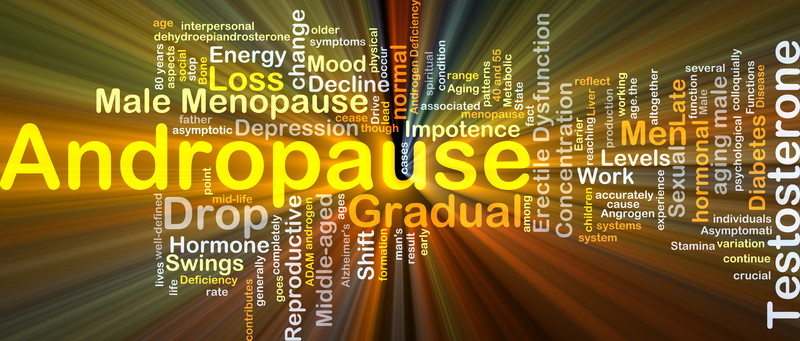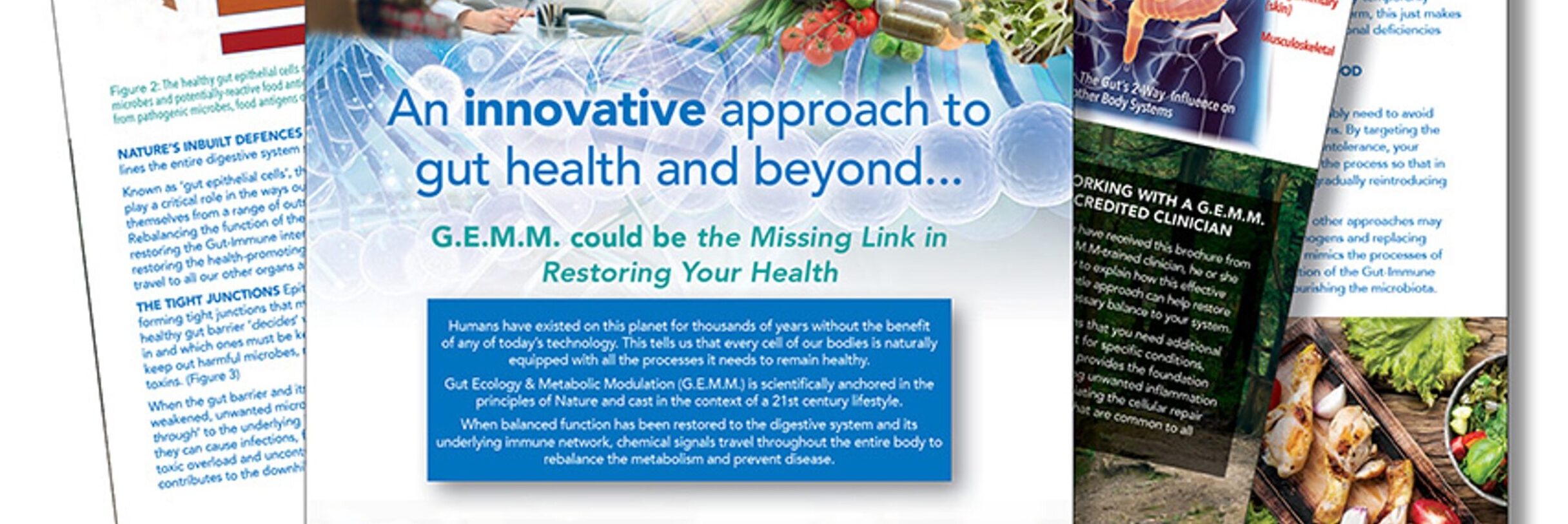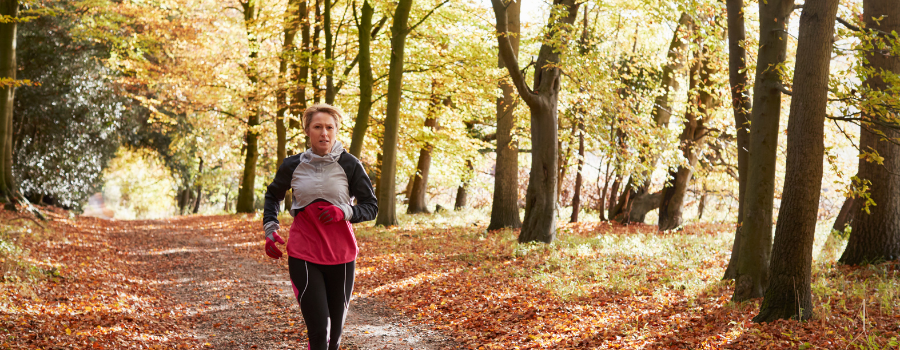Testosterone is a hormone that is well known, mostly for its connotations of strength and virility.
The decline of testosterone level begins for many men at around age 40 at around 1% per year. However this decline is not uniform for all men and is substantially influenced by genetics, chronic diseases, stress-exposure and certain medications (Singh, 2013).
As with oestrogen for women, testosterone is a vitally important hormone for men, not just for sexual virility but for vital functions of the body including heart- and mental health as well as bone-strength, formation of red blood cells and muscle strength (Matsumoto, 2002). Interesting to note is that both men and women do need testosterone as well as oestrogen to thrive with a different ratio in both genders.
Low testosterone is related to cardiovascular disease, often accelerated through the presence of metabolic syndrome, a thick layer of fat-tissue surrounding the organs beneath the waste-line. This fat-layer produces an enzyme called aromatase which converts testosterone into oestrogen (estradiol), further reducing available testosterone to the body.
Contrary to popular believe, foods high in isoflavones, such as soy protein do not seem to adversely affect testosterone-levels in men evidenced in a meta-analysis done in 2010 by Hamilton-Reeves et al (Braun & Cohen, 2015, p. 920).
It seems to be a common attitude to accept changes that occur as we age with a somewhat resigned manner. We may not be able to halt the process of ageing however it is often through ignorance that we take detrimental changes, such as inflammation in joints (arthritis), reduced muscle mass and bad posture (kyphosis or hunch back) – among others – as something inevitable to bear.
The problem lies within the unwillingness to change our habits as we age. As we grow older we can afford less and less a sedative lifestyle even though we may have gotten away with it in our youth to some degree. Sarcopenia (loss of muscle mass) begins around age 30 at a rate of around 3-5% per decade (DerSarkissian, 2018). However if the muscle mass was bigger to begin with – due to an active lifestyle that includes exercise – loss of muscle mass won’t have the same impact as with someone who has been living a sedative life-style.
High-intensity exercise has shown to help increase levels of circulating testosterone and also has a protective effect against depression (Wardle & Sarris, 2010). Yoga, practiced intensely (not fast, but intense), using body-weight and resistance pressure may be suitable to build up muscle-strength, practice balance – to reduce the risk of falling – and has also shown to increase emotional well-being and confidence.
There are several nutritional factors to be considered. Selenium and n-acetyl cysteine was used in combination to treat male infertility. The results didn’t only show improved quality of semen but also a raise in testosterone levels (Wardle & Sarris, 2010, p. 72). Selenium can be found in meat and grains, however most soil is deplete in selenium and the best source of selenium is the Brazil nut. It is also contained to some degree in brown rice, dairy products, garlic, kelp and seafood. These foods are also rich in B-vitamins. Supplementation with folate (vitamin B9) – contained in dark green leafy vegetables, has shown improved testosterone readings in a study done by Hamidi Madani et al in 2013 (Braun & Cohen, 2015, p. 375).
One herb, native to the South-East-Asian terrain is Tongkat Ali. Tongkat Ali or Eurycoma longifolia has been widely researched locally as well as internationally and has shown to enhance free testosterone levels in ageing men. Tongkat Ali combined with exercise, reduction of adipose tissue (fat) via a health-promoting, fibre-rich and refined-carbohydrate-poor diet as well supplementation, where necessary, may result in improved muscle mass and strength, increased energy-levels, sharper mind, and heightened libido. Rainforest herbs – founded by certified herbalist Ben Drewe – has a variety of herbal concentration of Tongkat Ali available.
A word of caution: it is always advisable to have your health checked by your primary health care provider before embarking on self-prescription, especially if you experience health-concerns (at any age). In the meantime you can begin improving health by adding healthy foods, such as green leafy veggies, replacing white foods – for example white rice – with their unhusked brown counterpart and reducing or even eliminating all refined sugars from your diet.
Written by Monika Ramasamy, 11.4.2019
Feel free to share this post, scroll down a little and simply click below.
Work cited:
Braun, L., & Cohen, M. (2015). Herbs & Natural Supplements An evidence-based guide Volume 2 4th Edition. Chatswood: Elsevier.
DerSarkissian, C. (30 July, 2018). Sarcopenia With Aging. Retrieved 15 October, 2018, from WebMD: https://www.webmd.com/healthy-aging/guide/sarcopenia-with-aging#1
Matsumoto, A. M. (2 February, 2002). Andropause: Clinical Implications of the Decline in Serum Testosterone Levels With Aging in Men. Retrieved 15 October, 2018, from The Journals of Gerontology: Series A, Volume 57, Issue 2, 1 February 2002, Pages M76–M99, https://doi.org/10.1093/gerona/57.2.M76: https://academic.oup.com/biomedgerontology/article/57/2/M76/547924
Singh, P. (17 December, 2013). Andropause: Current concepts. Retrieved 15 October, 2018, from Indian J Endocrinol Metab. 2013 Dec; 17(Suppl 3): S621–S629. doi: 10.4103/2230-8210.123552: https://www.ncbi.nlm.nih.gov/pmc/articles/PMC4046605/
Wardle, J., & Sarris, J. (January, 2010). Clinical naturopathy: An evidence-based guide to practice. Retrieved 15 October, 2018, from Research Gate: https://www.researchgate.net/publication/50247140_Clinical_naturopathy_An_evidence-based_guide_to_practice




